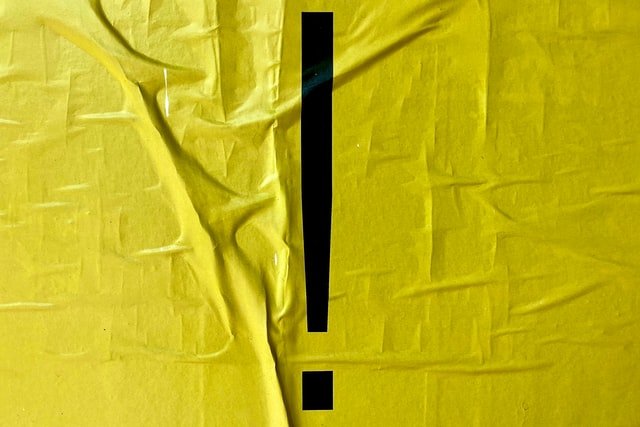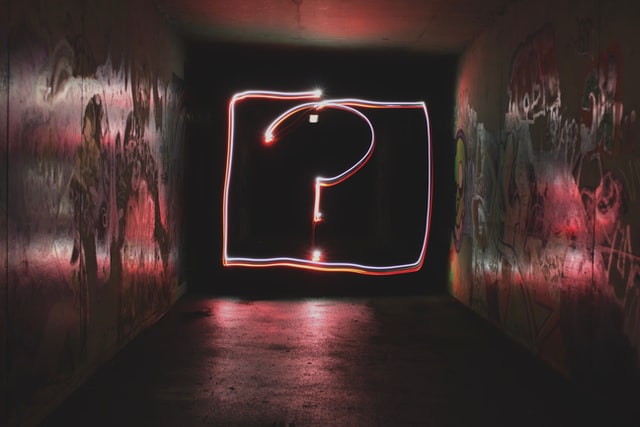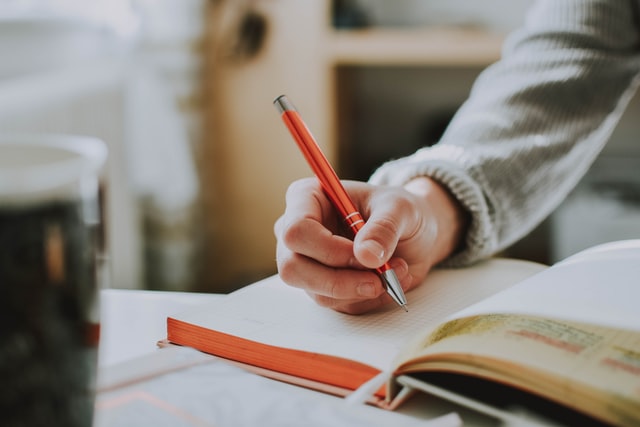German Punctuation Posted by Constanze on Mar 2, 2022 in Grammar, Language
Guten Tag! Today we’re going to look at punctuation in German. This will include the names of different punctuation marks, as well as a few punctuation rules in German and how these differ to the English rules (or not).
German Punctuation
Firstly, we need to know what we’re dealing with; the word punctuation in German is die Interpunktion, or die Zeichensetzung. Punctuation marks are collectively known as die Satzzeichen (literally ‘sentence signs’). So what are the names of some common Satzzeichen in German?
Die Satzzeichen – punctuation marks
Full stop . Der Punkt
Comma , Das Komma
Semi-colon ; Das Semikolon
Colon : Der Doppelpunkt (not to be confused with the anatomical colon, der Dickdarm!)
Question mark ? Das Fragezeichen
Exclamation mark ! Das Ausrufezeichen
Quotation marks “” Die Anführungszeichen
Apostrophe ‘ Der Apostroph
Ellipsis … Die Auslassungspunkte
Hyphen – Der Viertelgeviertstrich
Brackets/parentheses () Die runde Klammern
Use
Now let’s look at a few of the above, including how they are used in German, and how this differs to English usage.
Das Komma – Comma use
One way the German comma is used is to separate a main clause (der Hauptsatz) from a subordinate clause (der Nebensatz):
Er hat gesagt, er will nicht mitkommen.
He said he didn’t want to come with us.
Commas are also used in place of full-stops in prices; 29.95 becomes 29,95 in German.
Here is a great post from the archives on the German comma, if you’d like to read more! Comma rules: How to link main clauses in German | German Language Blog
Der Viertelgeviertstrich – Hyphen use
The Viertelgeviertstrich has different names, depending on how it is used:
- der Bindestrich: Used for combining two or more words, eg. ‘Social-Media-Plattformen’.
- der Ergänzungsstrich: Used to represent omitted parts of words, eg. ‘die Winter- und Sommerferien’: Winter and summer holidays. Used instead of saying ‘Die Winterferien und die Sommerferien’.
- der Trennstrich: Used to connect parts of the same word when the whole word won’t fit onto one line.
Die Anführungszeichen – Quotation mark use
German quotation marks look noticeably different to English ones; instead of both being at the top of the quoted section, in German the first one is below, the second above:
English: “Coffee tastes good.”
German: „Kaffee schmeckt gut.”
German also uses these chevron-style quotation marks:
English: “Coffee tastes good.”
German: «Kaffee schmeckt gut.»
I hope this has given you some more insight into German punctuation! If you’d like to learn more, here are a few related articles from our archive:
The most basic comma rule in German: Listing things, people, features, and actions

Build vocabulary, practice pronunciation, and more with Transparent Language Online. Available anytime, anywhere, on any device.







Comments:
D:
Das ist so hilfreich! Danke schön!
Sebastian:
Hallo Constanze!
Wie immer ein interessanter Artikel von dir. Zwei Anmerkungen hätte ich:
1) Besser „Bindestrich“ statt „Bindenstrich“
2) Die Chevron-artigen Anführungszeichen sind ja eigentlich die französischen Guillemets. Im Französischen stehen sie mit den Spitzen nach außen und einem Leerzeichen Abstand: « J’adore le café. »
Im Deutschen (hier vorwiegend im Buchsatz verwendet) zeigen die Spitzen dagegen nach innen, ohne Abstand: »Ich liebe Kaffee.«
Aber im Schweizerischen zeigen die Spitzen wieder nach außen (wie im Frz.), aber ohne Abstand: «Grüezi».
Schöne Grüße!